Why we ran it: To discover whether the chic new Renault Arkana coupé-SUV had the substance to back up its obvious style
Month 3 - Month 2 - Month 1 - Prices and specs
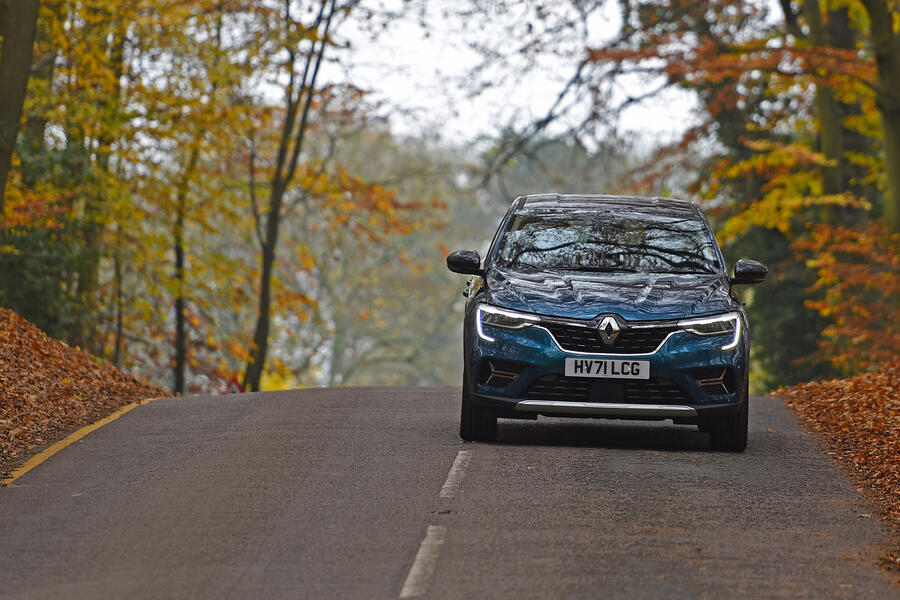
Life with a Renault Arkana: Month 3
New French crossover is lovely to look at, but what was it like to live with? We reveal all - 23 March 2022
As a footnote to the Arkana brochure, Renault likens the car to its R16 of the 1960s. Styled by Philippe Charbonneaux, this groundbreaking family car mated the practicality of a hatchback (a pioneering concept then) with an upmarket look and feel that wasn’t something buyers had come to expect from the brand.
Though the Arkana is similar to its distant relative in being a ‘crossover’ – this time between coupé and SUV rather than saloon and estate car – even the most partisan Renault enthusiast would struggle to argue that it is breaking any new ground. And in stark contrast to the flexible and capacious R16, it gives you the odd sense of a large car that seems to shrink as you climb aboard. That’s a legacy of the Arkana being in essence a stretched Captur, rather than based on the larger Kadjar SUV. It is particularly obvious up front, where the narrow cabin has you rubbing shoulders with your passengers.
Not that the rear seats are that generous, either. I act regularly as a school-run taxi and, although they are happy enough with the leg room, the kids complain about the Renault’s ‘bumpy’ ride and recessed seatbelt buckles that make them a pain to clunk-click. And 12-year-old Anna – who is admittedly tall for her age – finds herself grazing her head on the sharply tapering roofline when she is lumbered with the middle seat.
That jarring ride only really settles once you’re up to speed: around town it’s restless at best, downright uncomfortable at worst over speed humps and larger potholes, but on the motorway it feels more settled and composed. You might reasonably expect the pay-off to come when the going gets twisty, and the Arkana is undoubtedly competent on a country lane for what is a relatively tall car. It’s grippy and confident, with little body roll living up to the ‘sporty SUV’ sales patter, but the seats lack lateral support and, due to the inert steering, it’s hardly dripping with driver appeal.
The real let-down, however, is the drivetrain. Sensibly enough, the hybrid set-up tends to favour the 48bhp electric motor, and when fully charged it feels alert off the line, smooth and refined. But its 1.2kWh battery is rapidly exhausted in EV mode, at which point the 93bhp 1.6-litre normally aspirated petrol engine kicks in, often with a scream, regardless of what speed you are doing. As a result, you can find yourself tickling along at 15-20mph around town with the engine revving its heart out as if you’ve forgotten to change out of first. And with no manual operation for the six-speed automatic transmission, you simply have to wait until it has done its work and disengages with a gentle clunk.

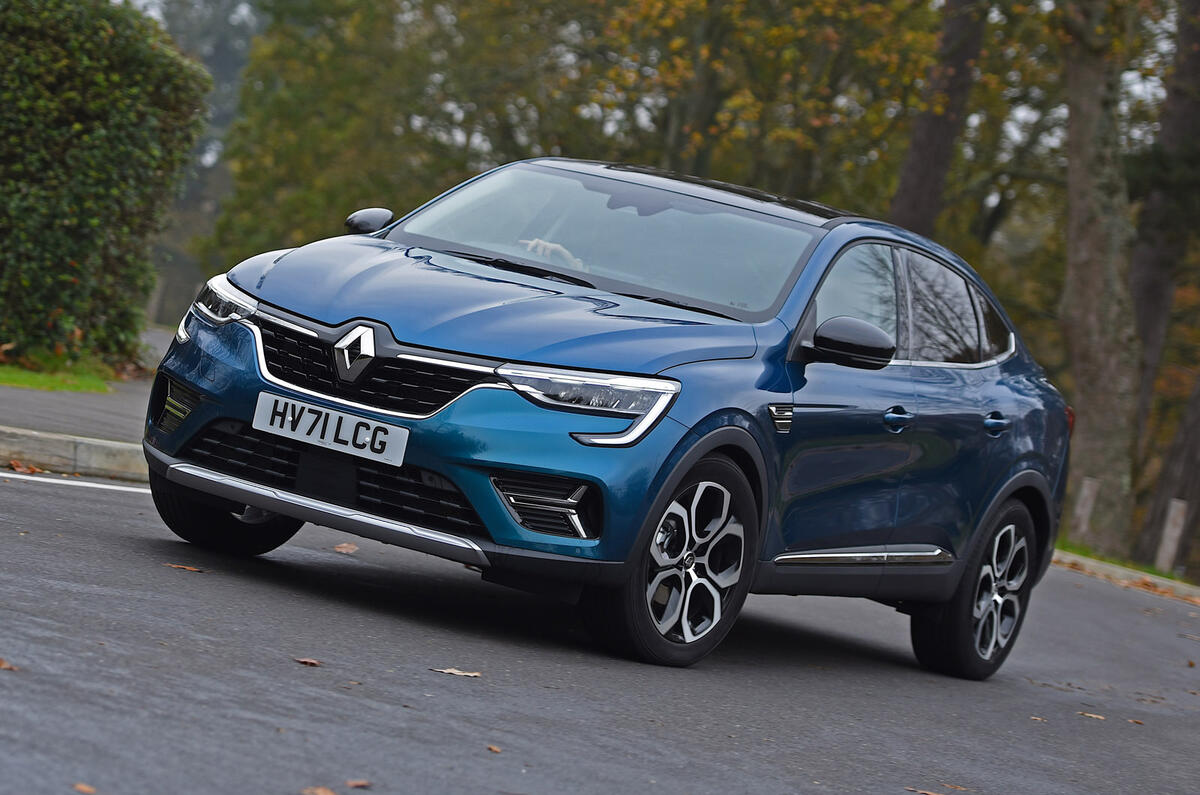
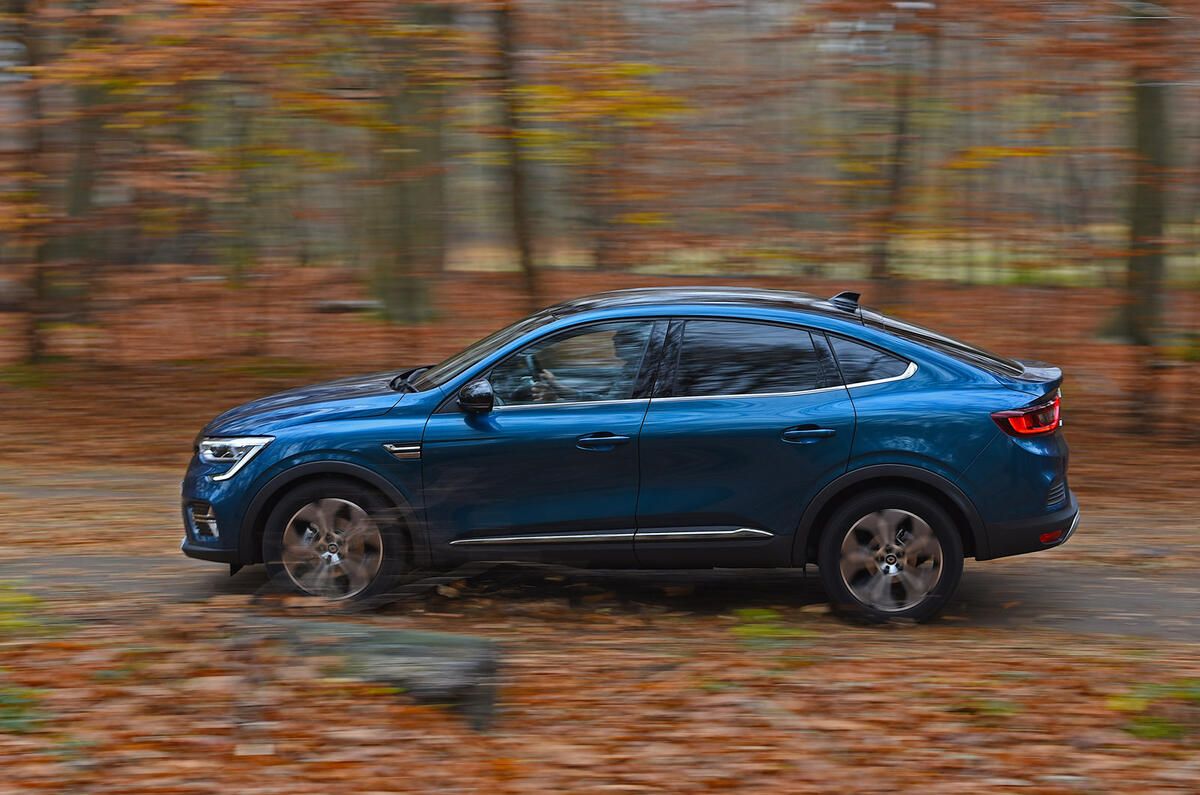
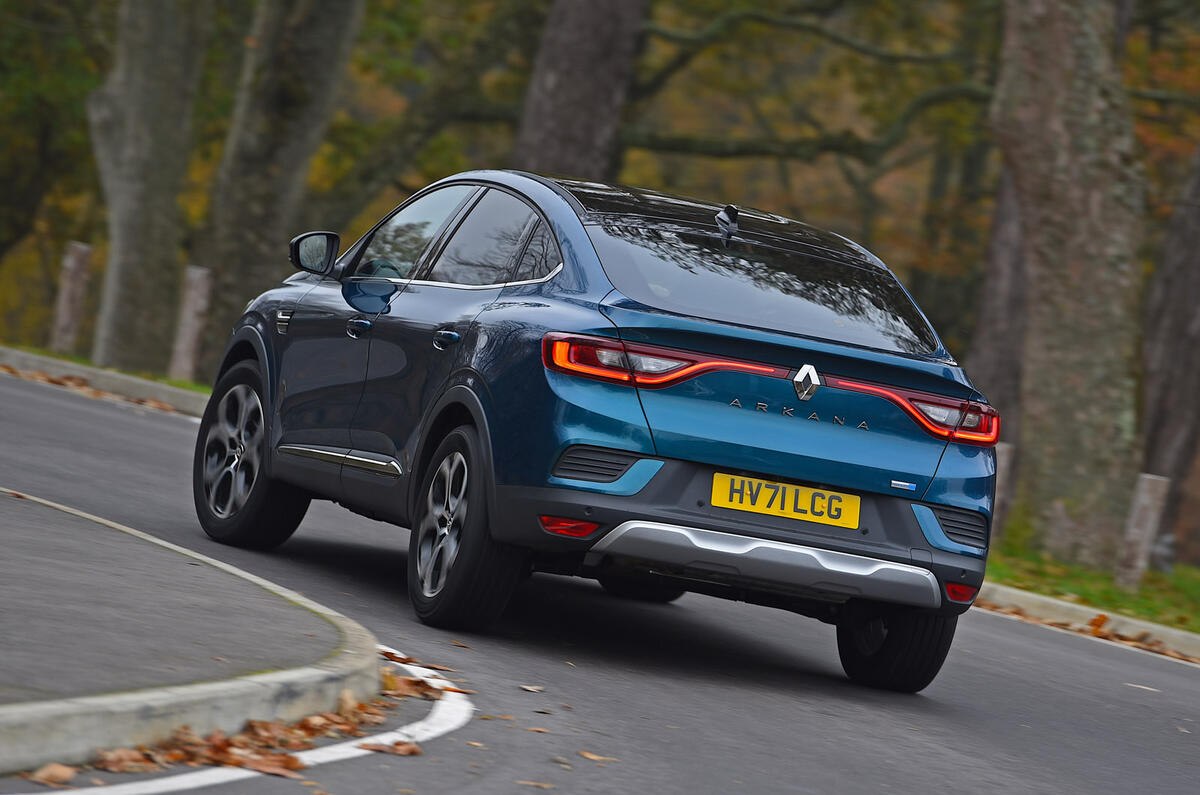
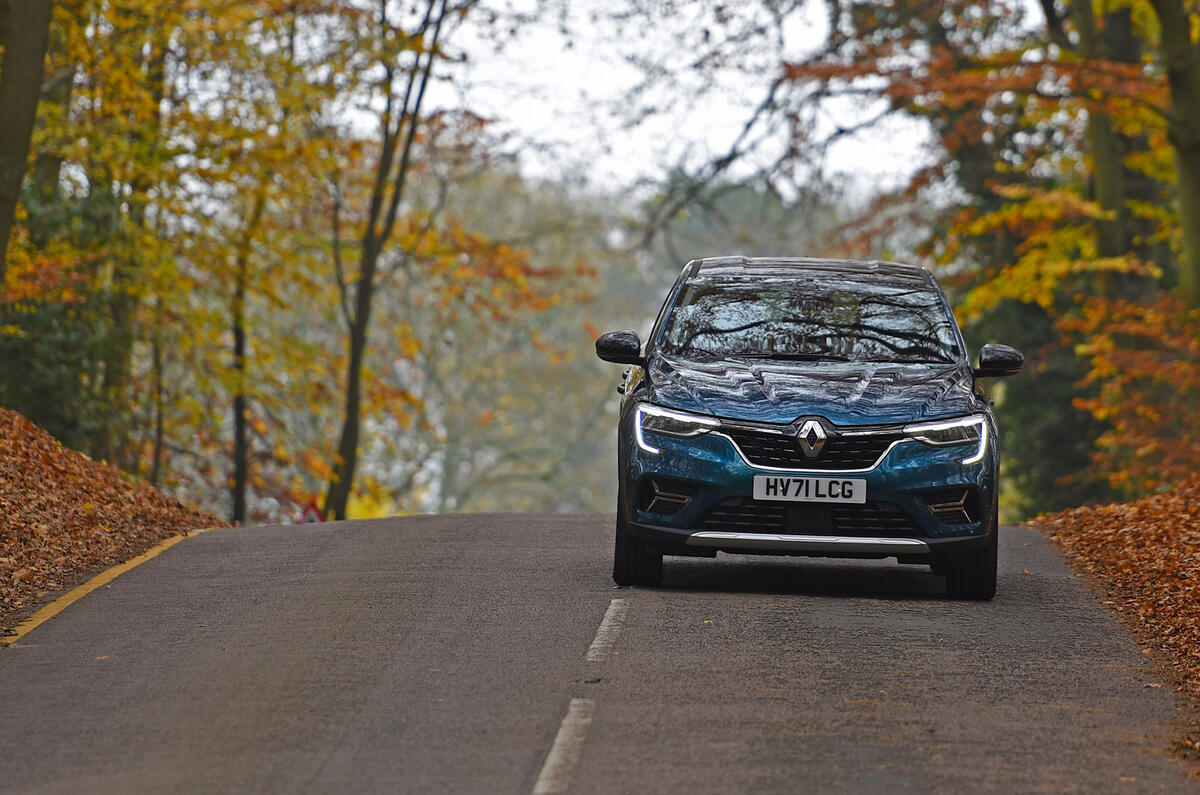
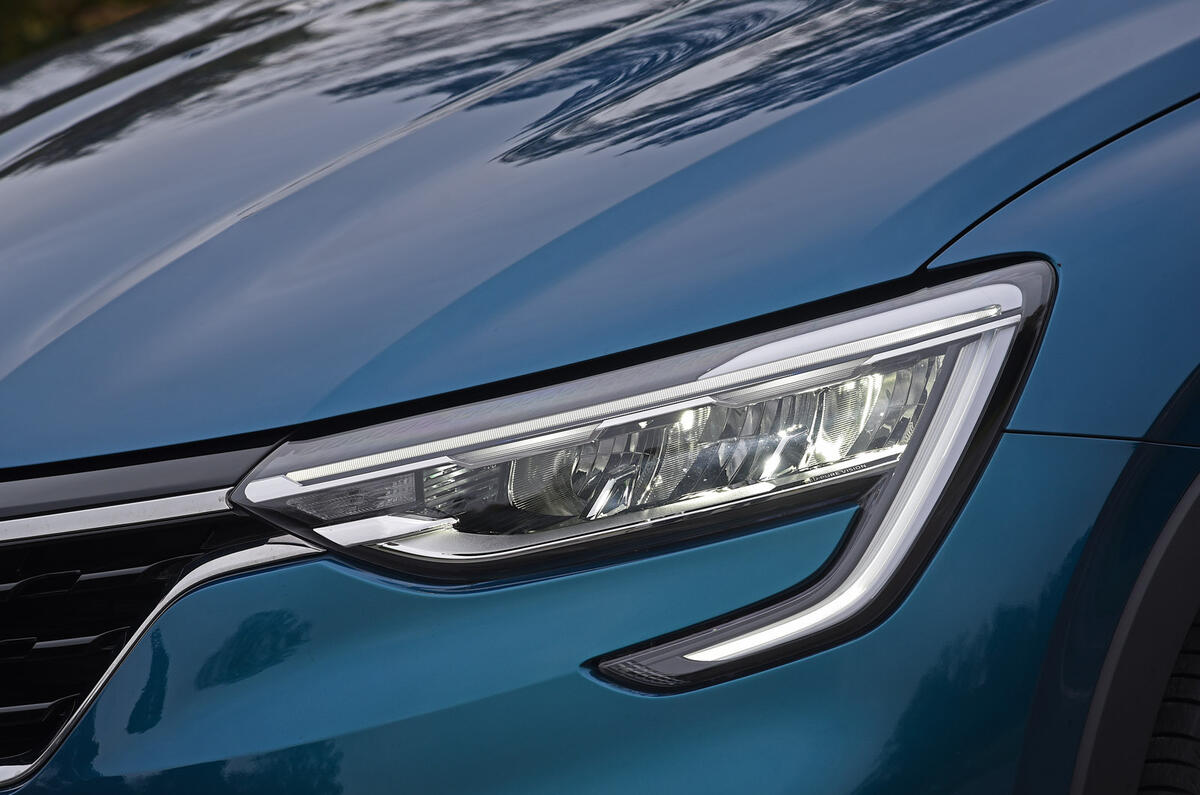
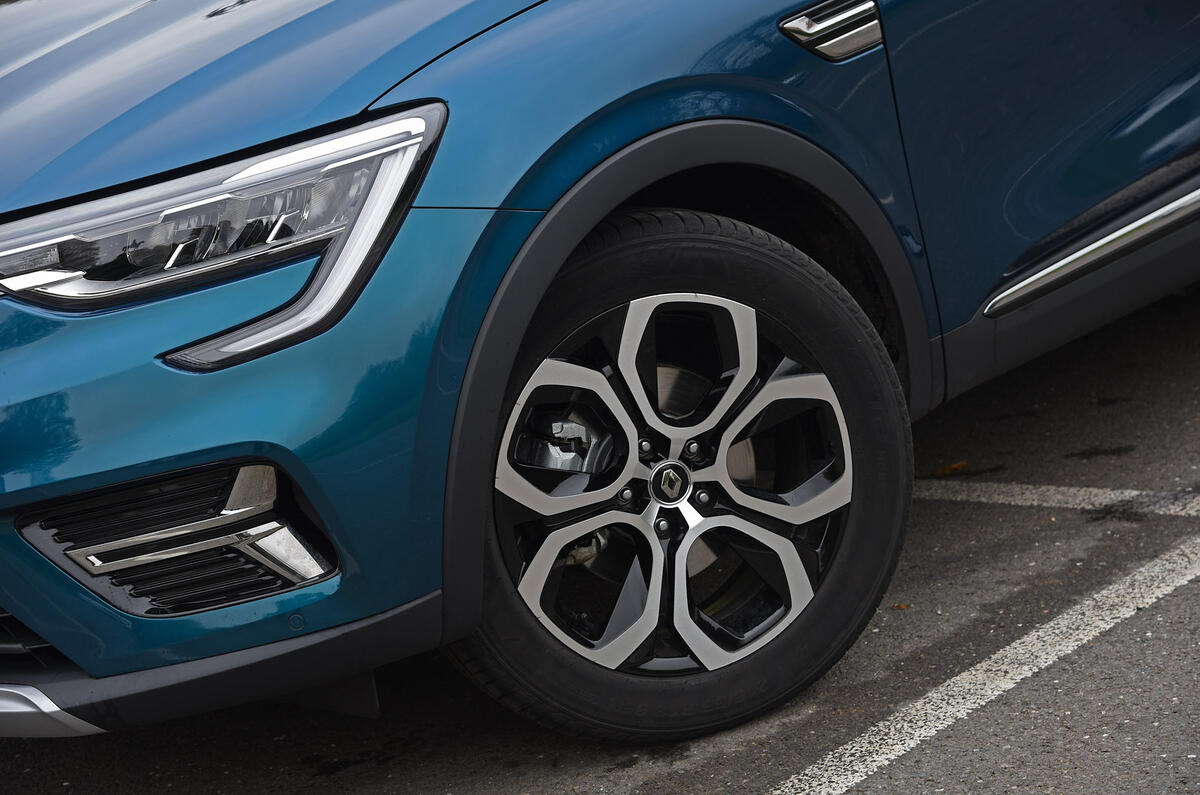
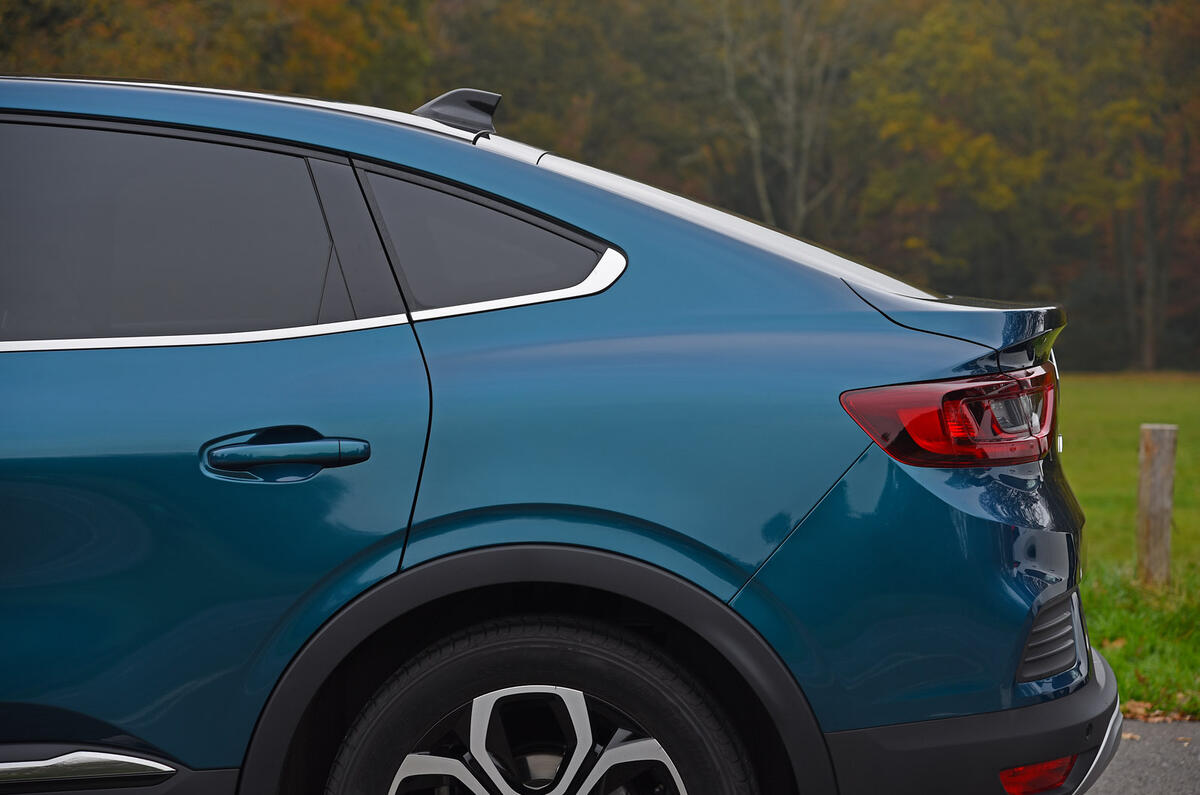
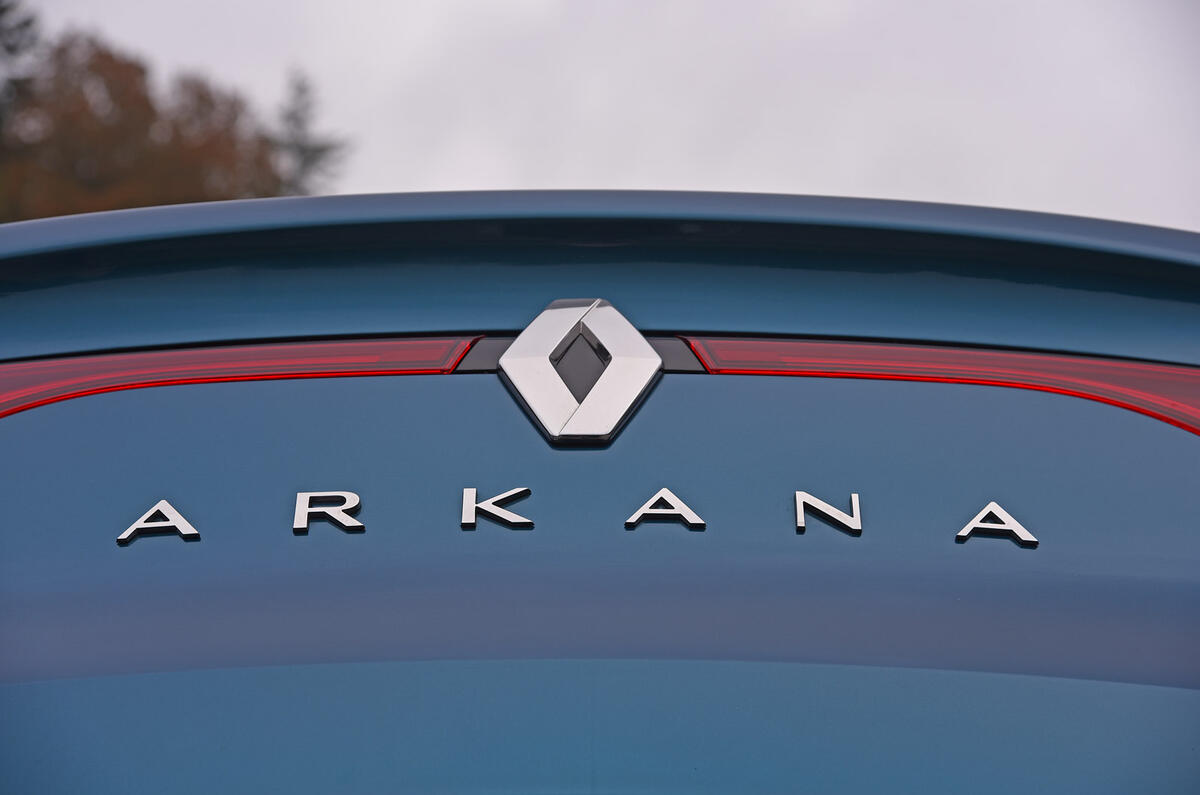
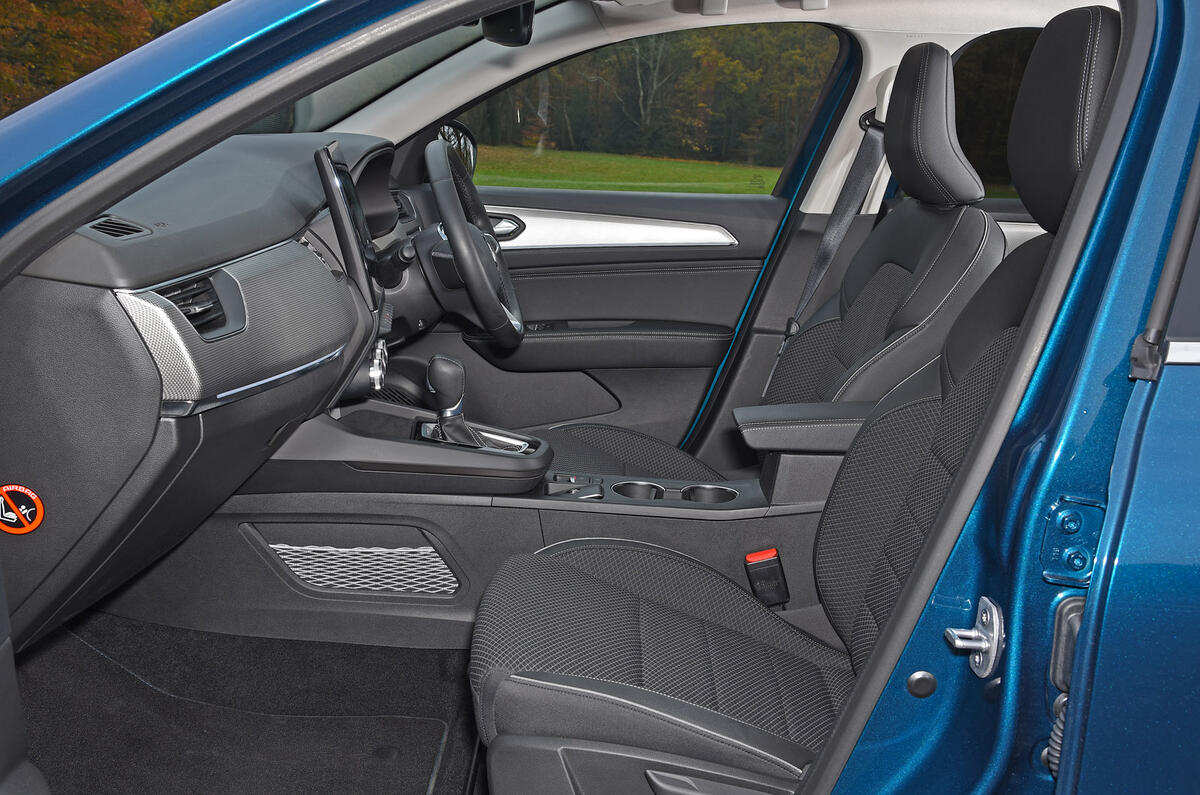
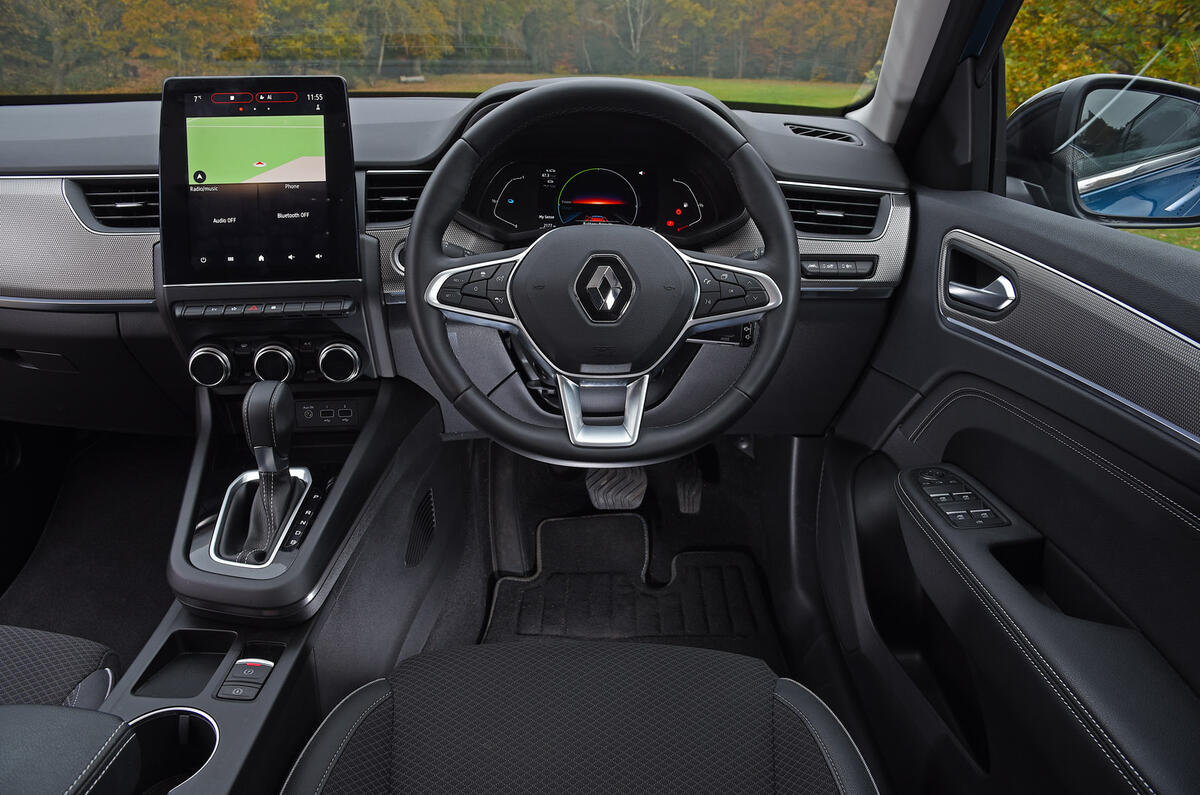
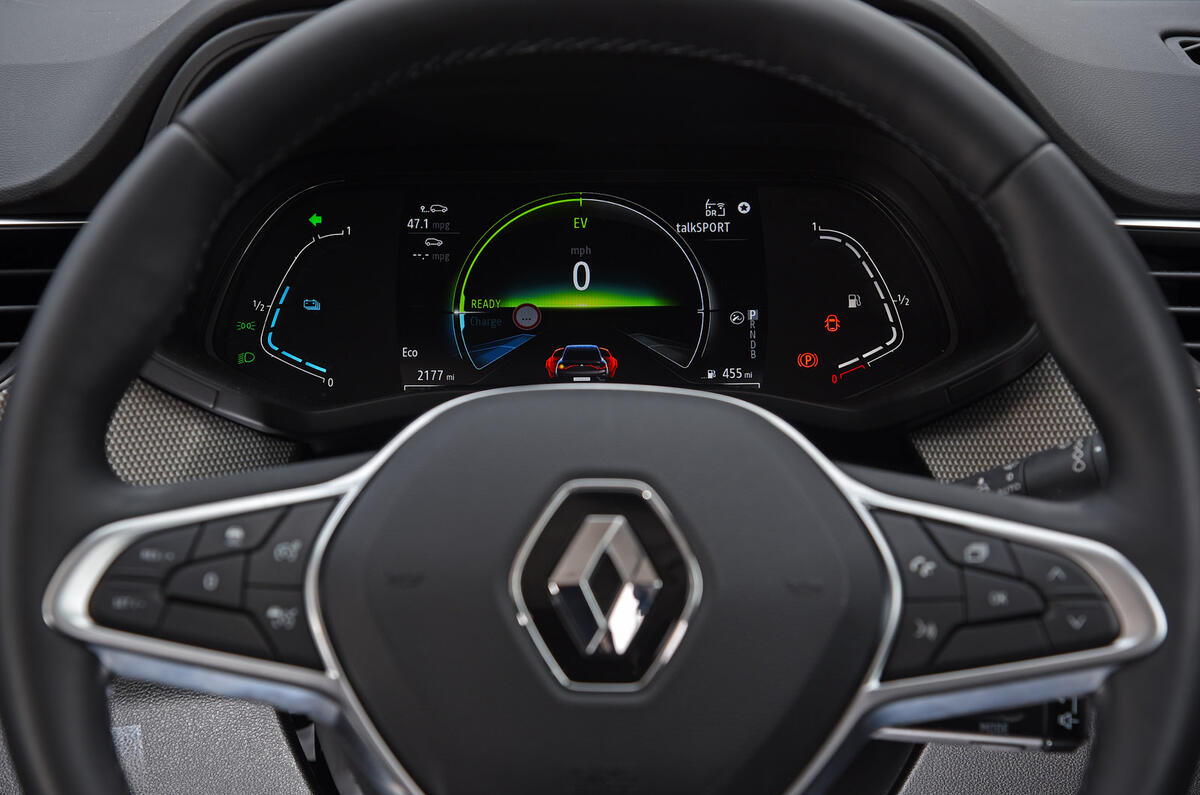
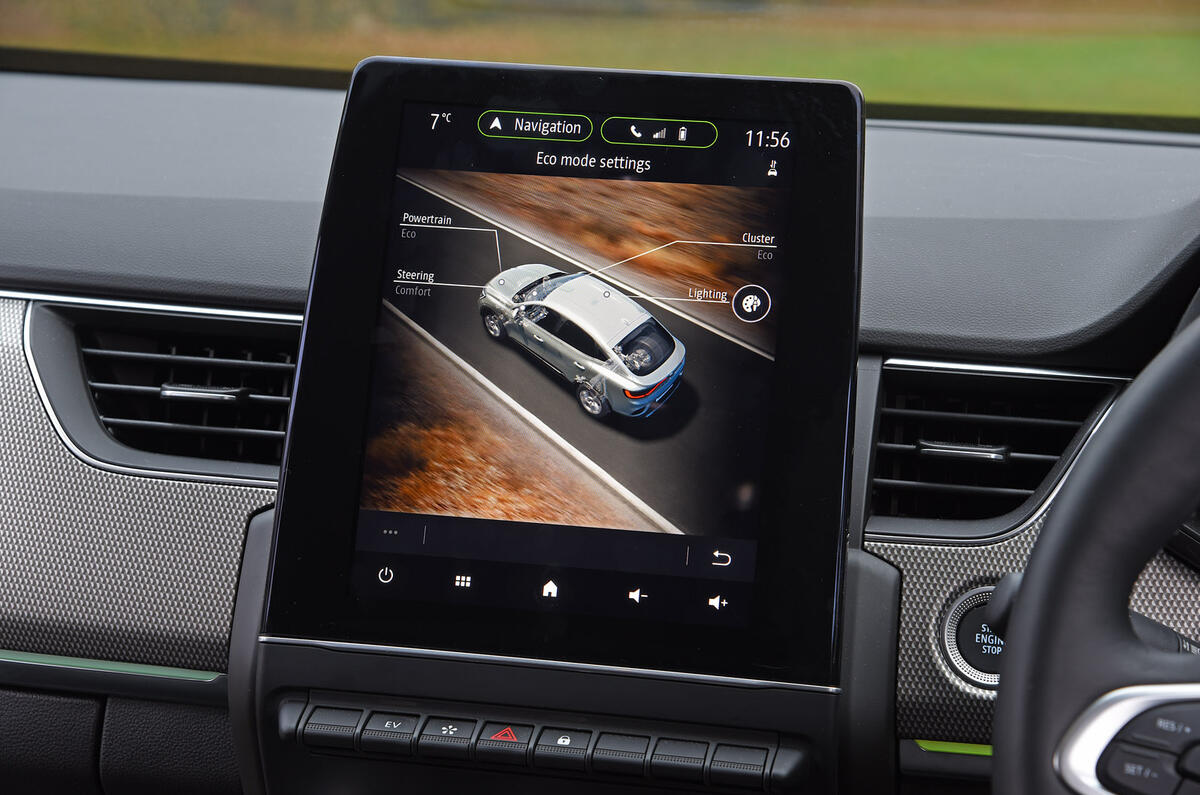
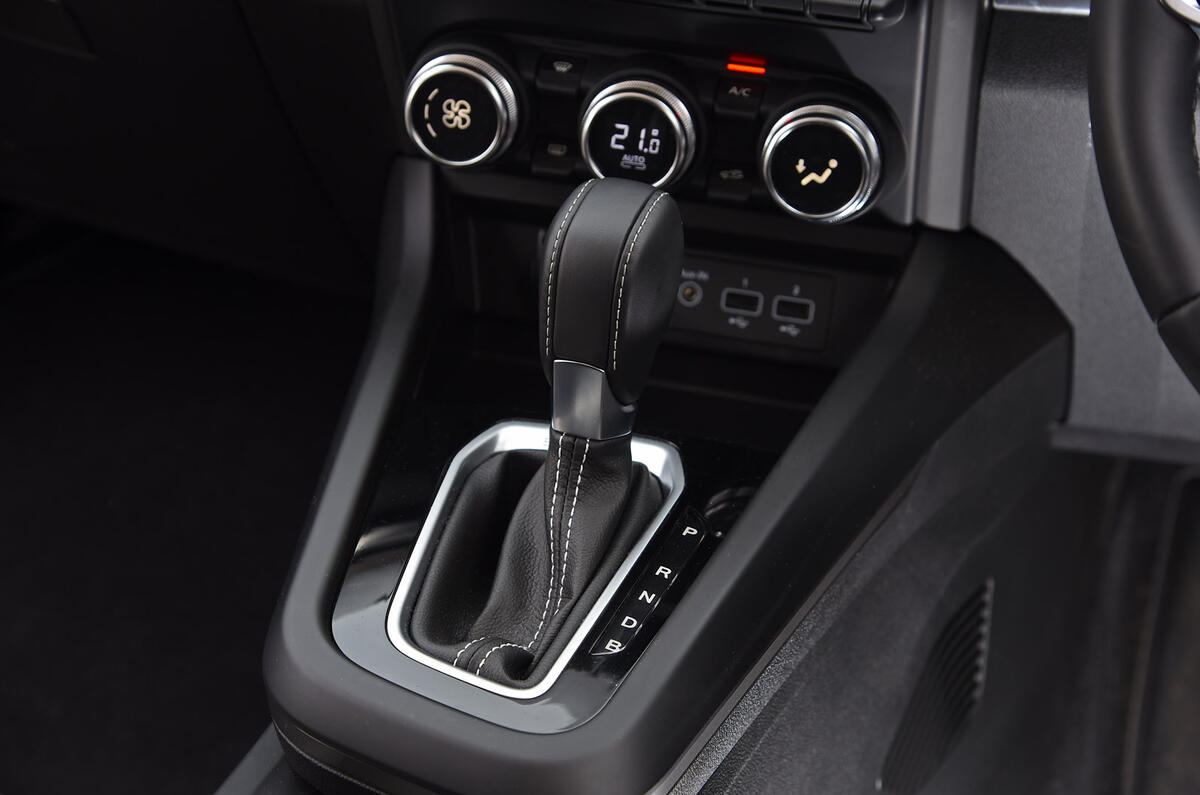
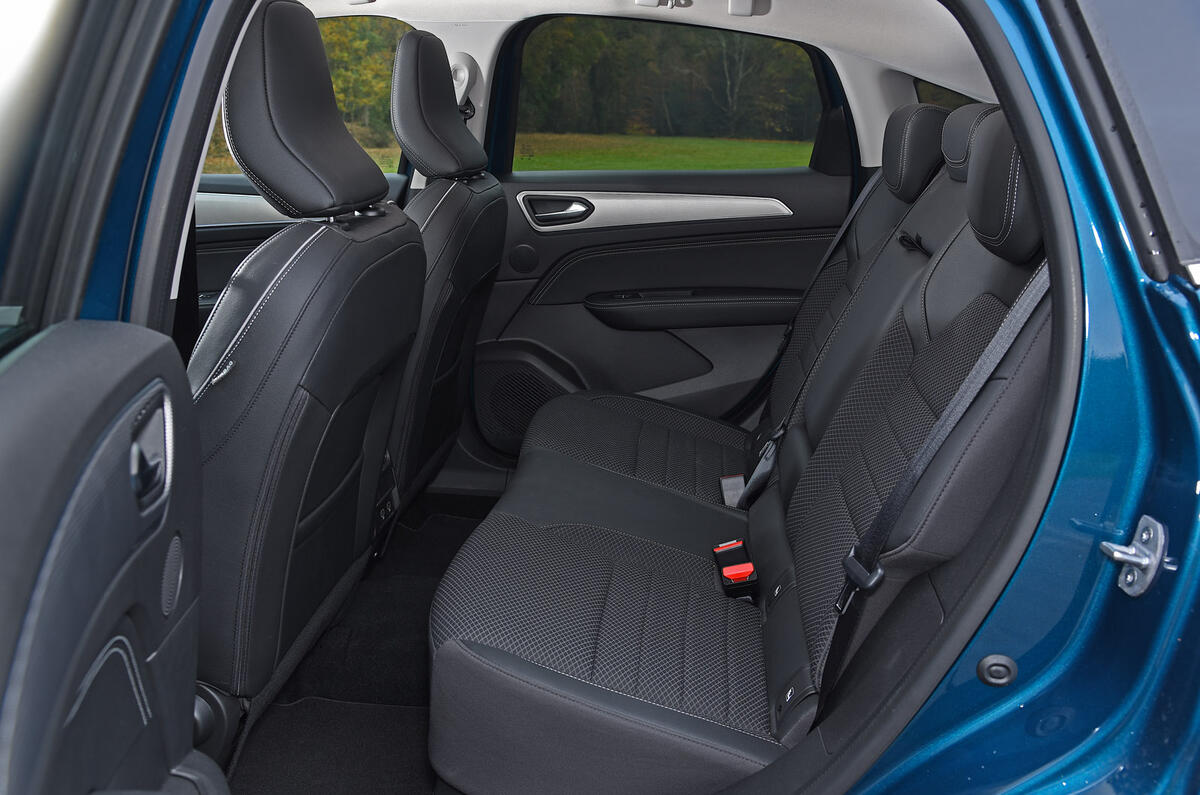
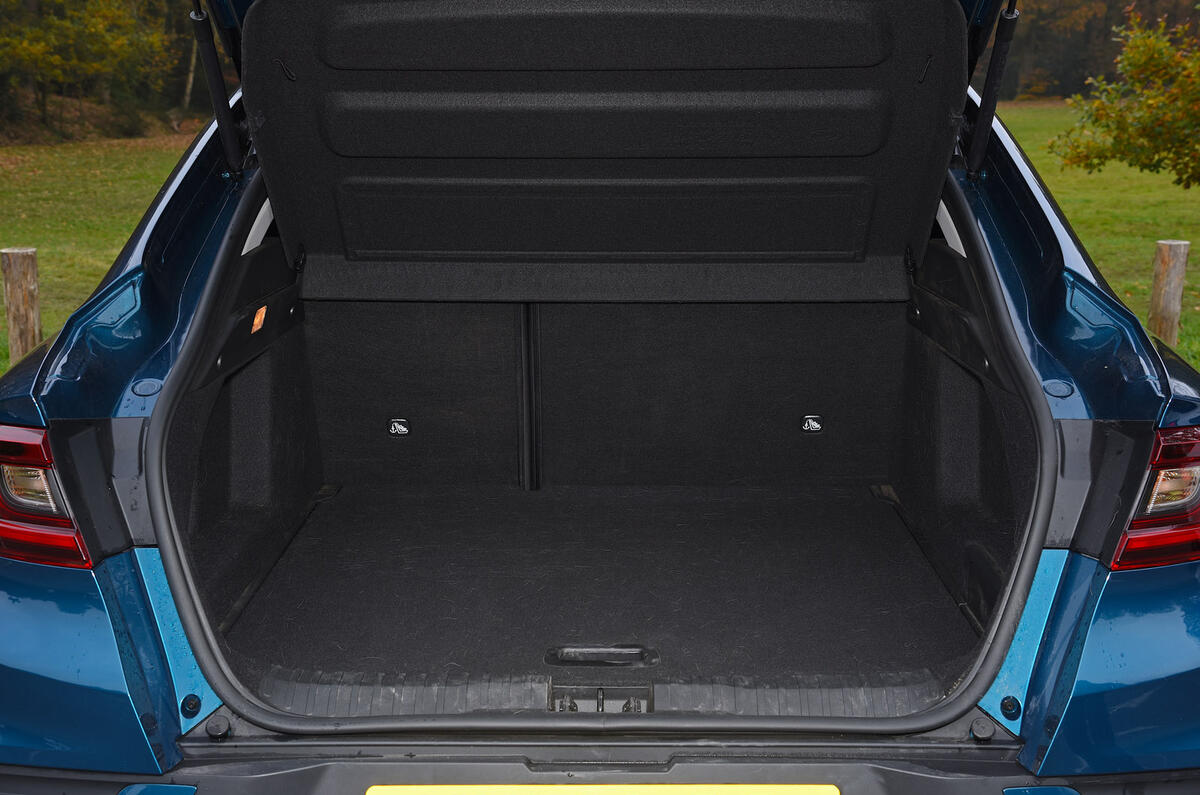
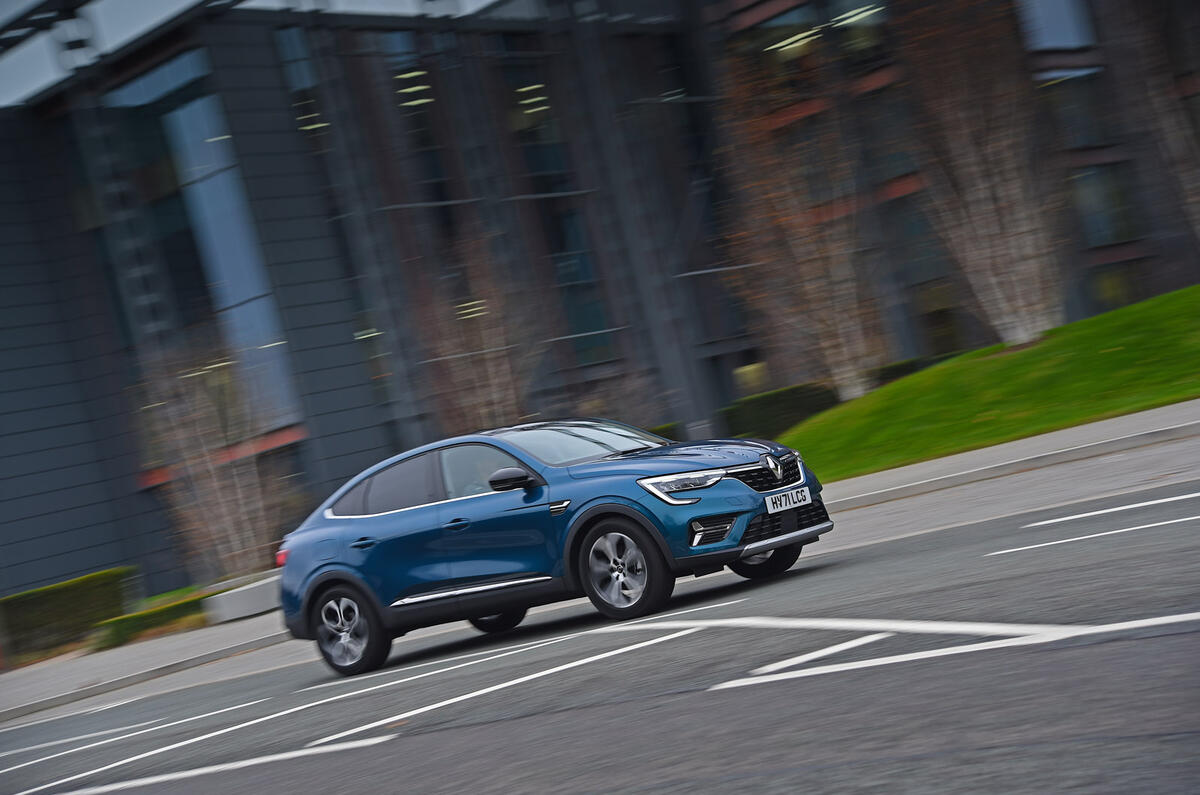
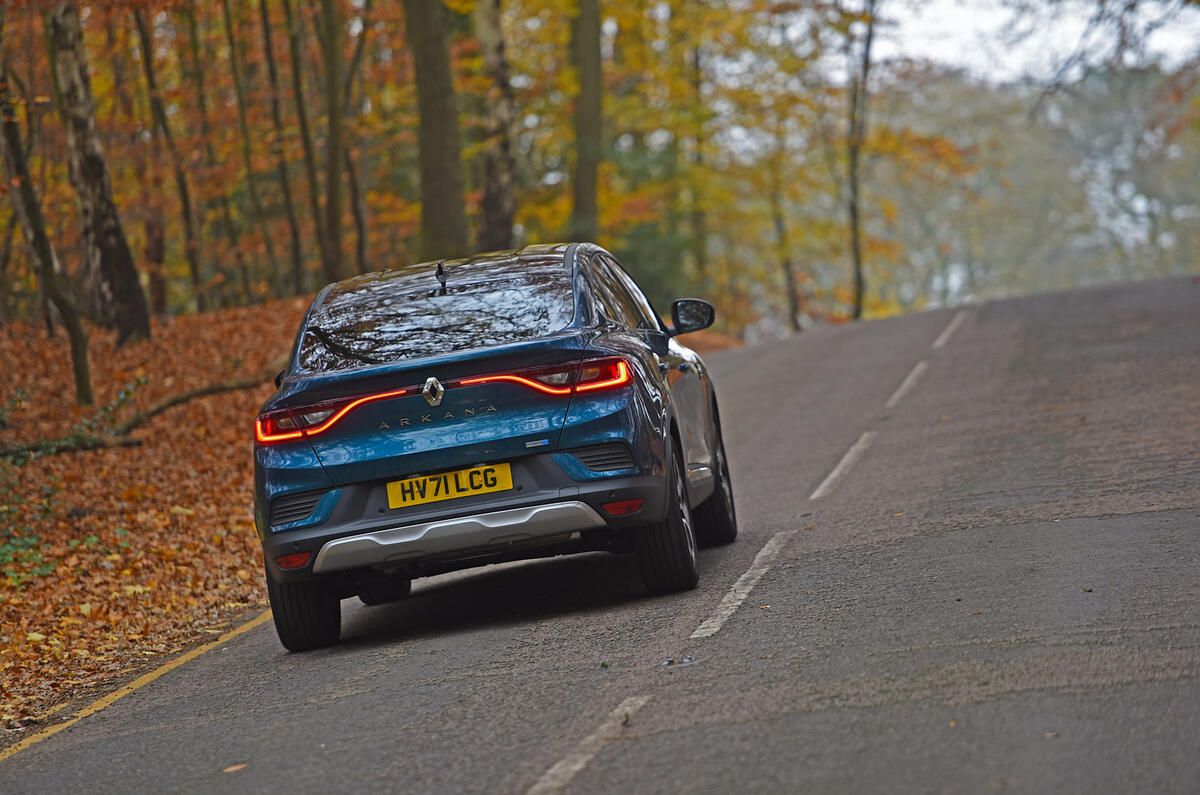
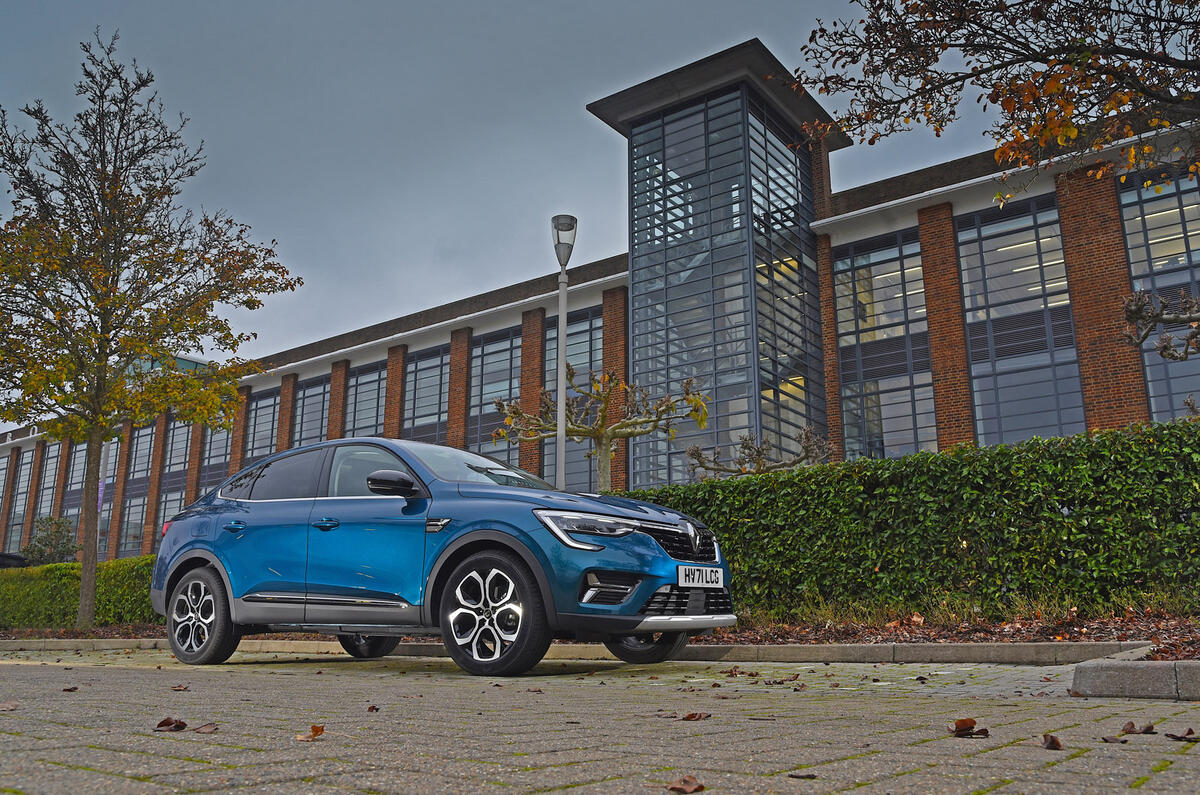
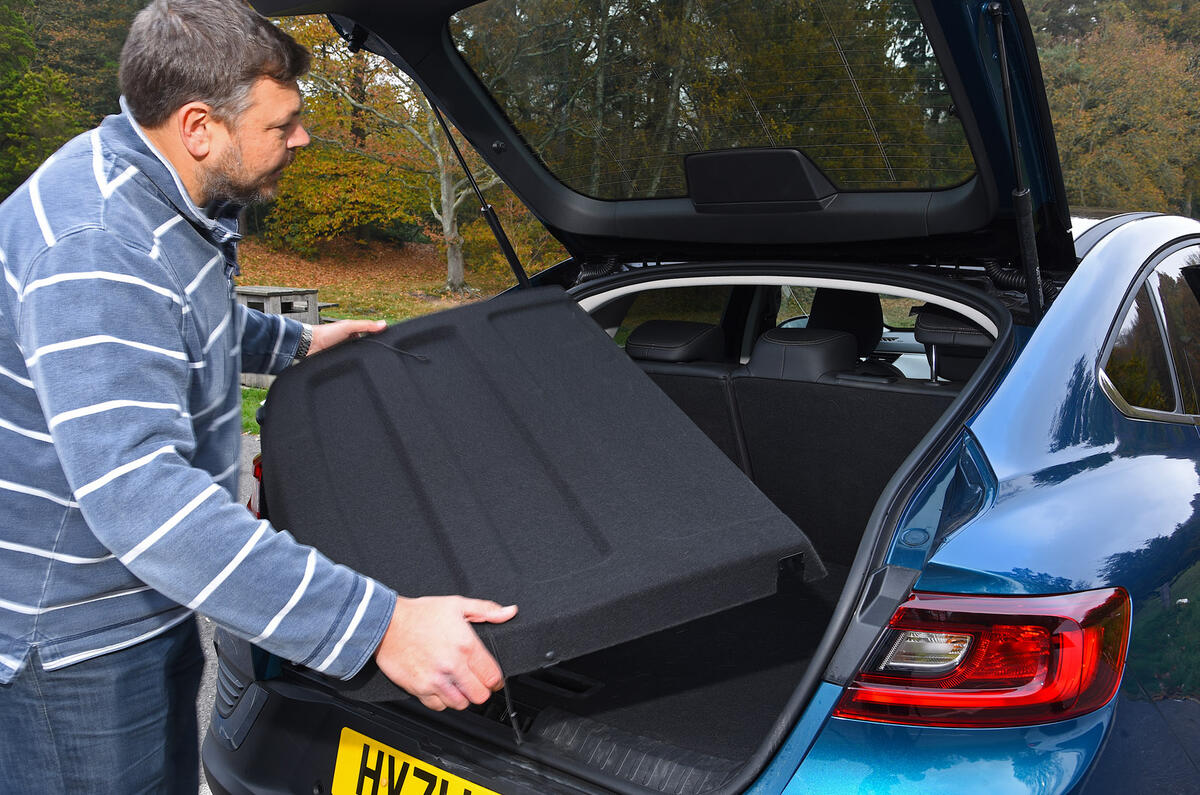
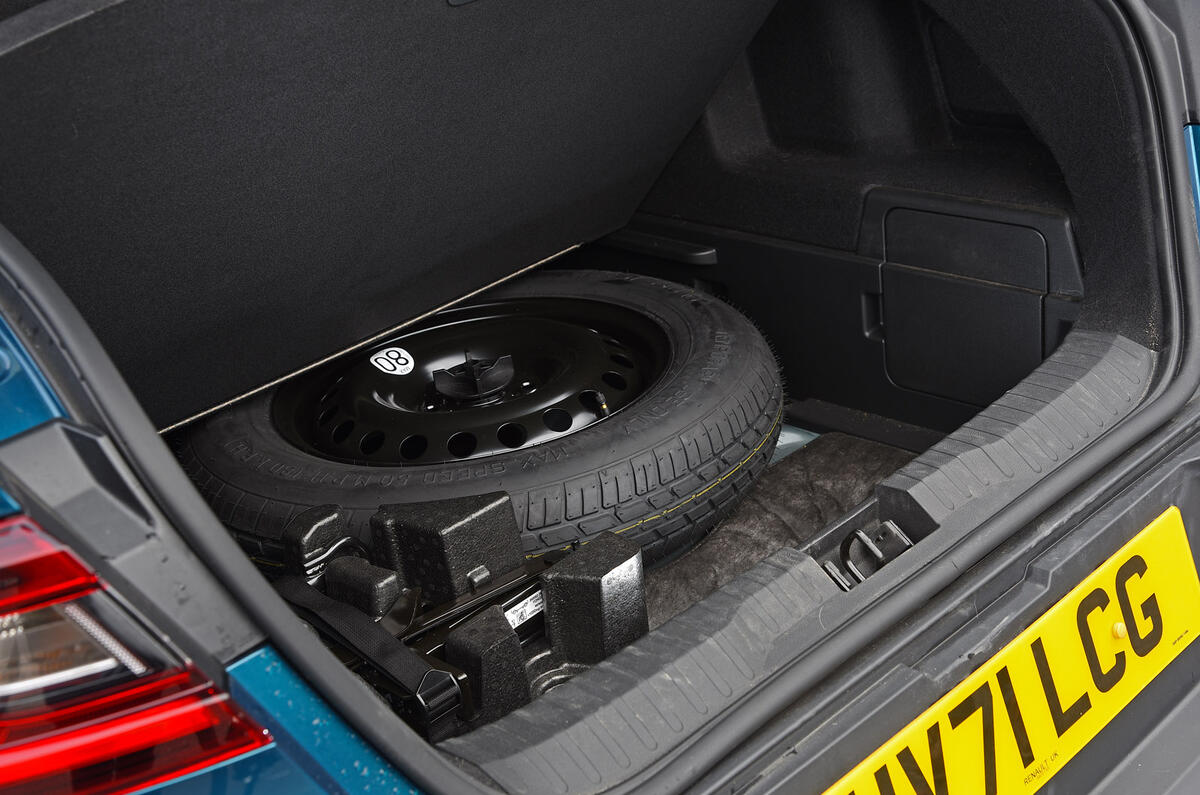
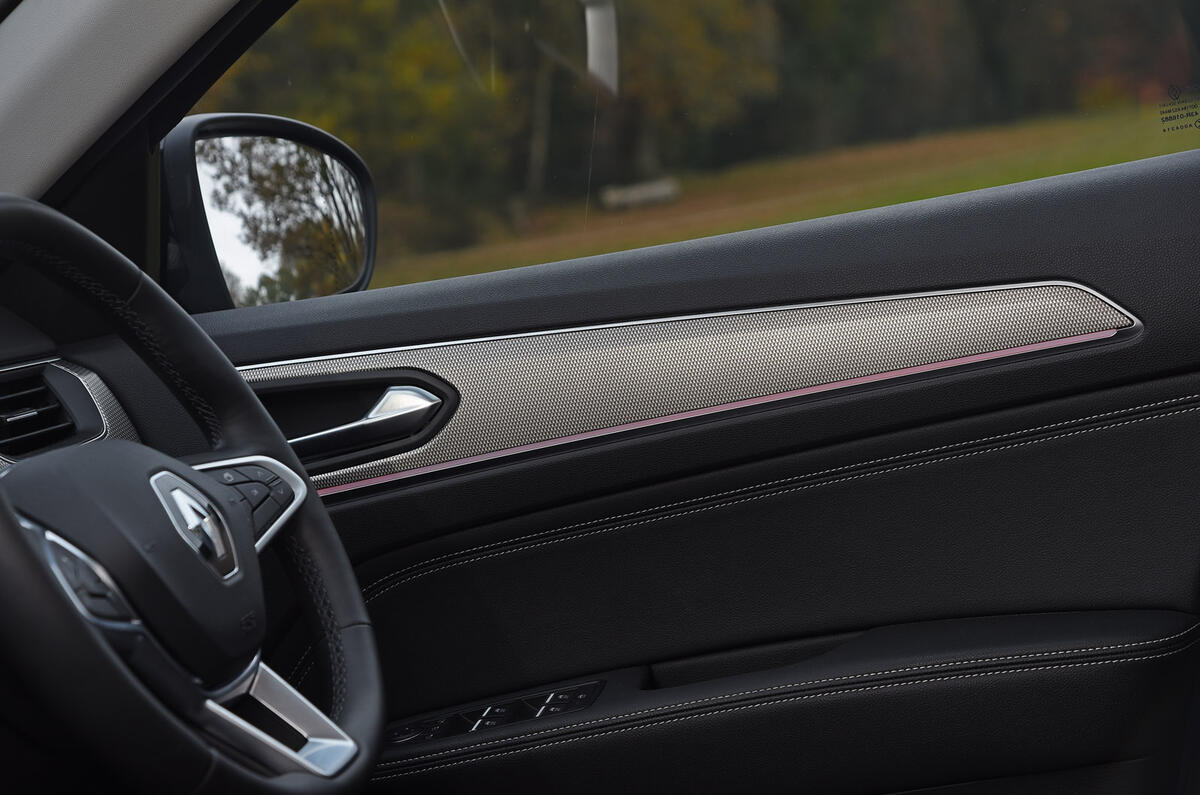
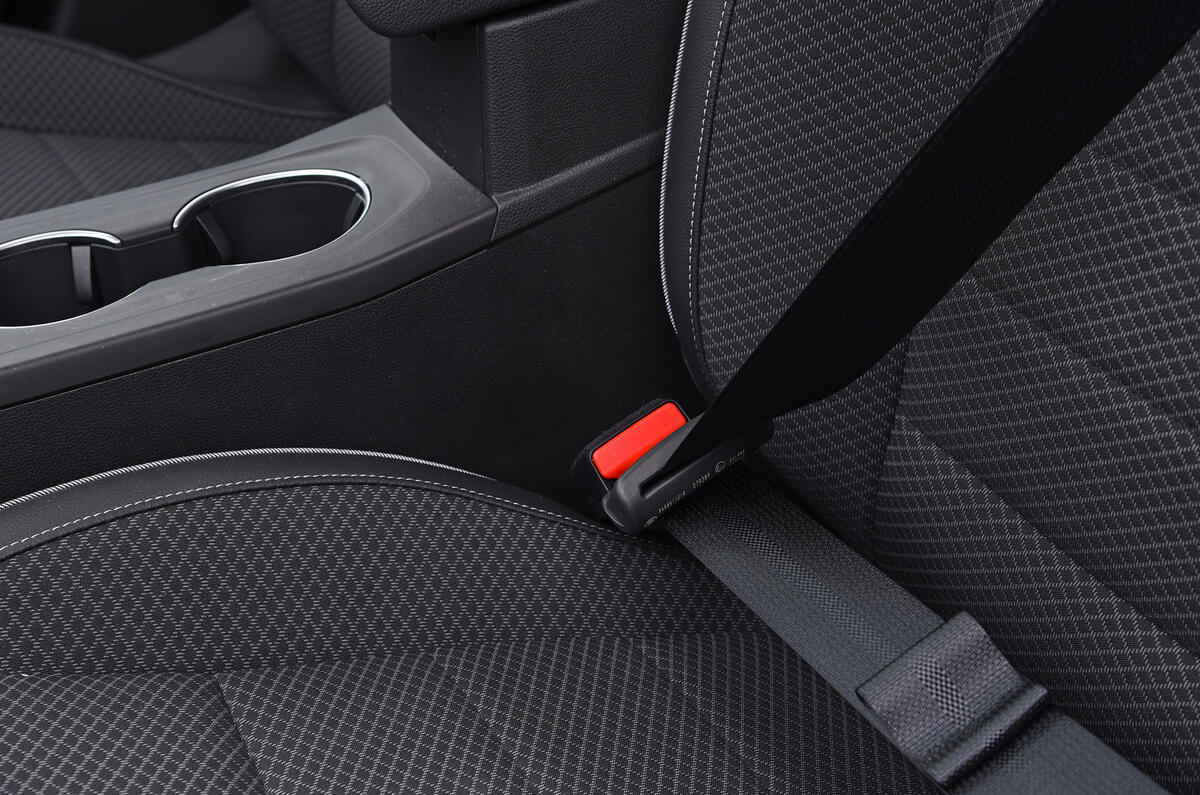
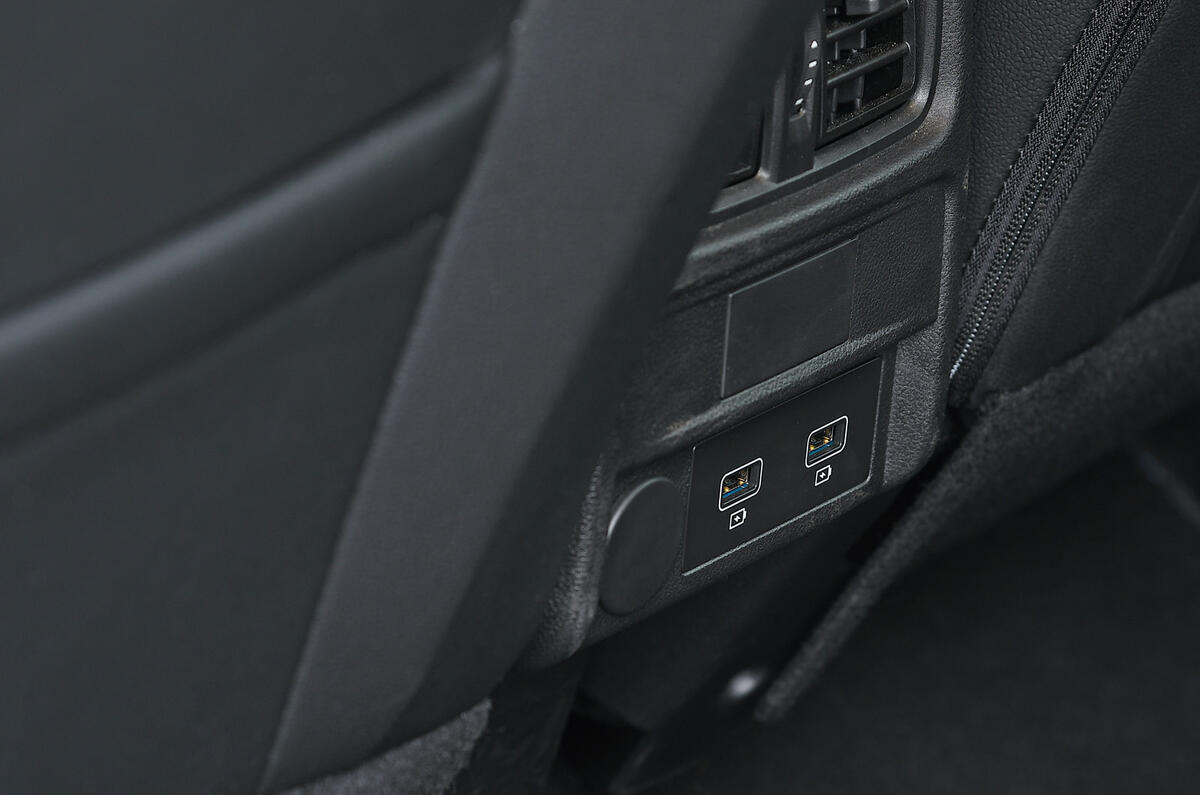
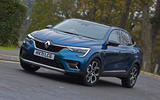

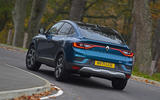
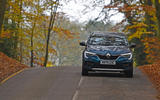
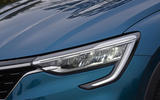
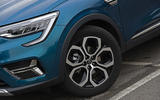
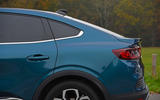
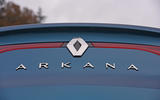
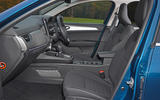

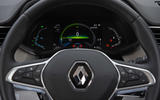
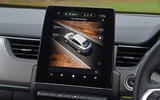
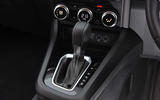
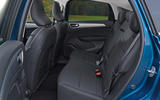
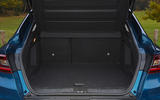
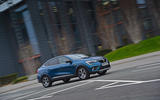
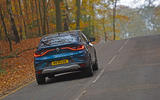
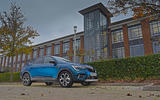

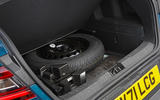
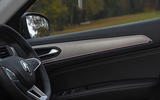
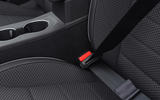
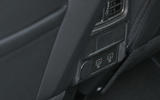
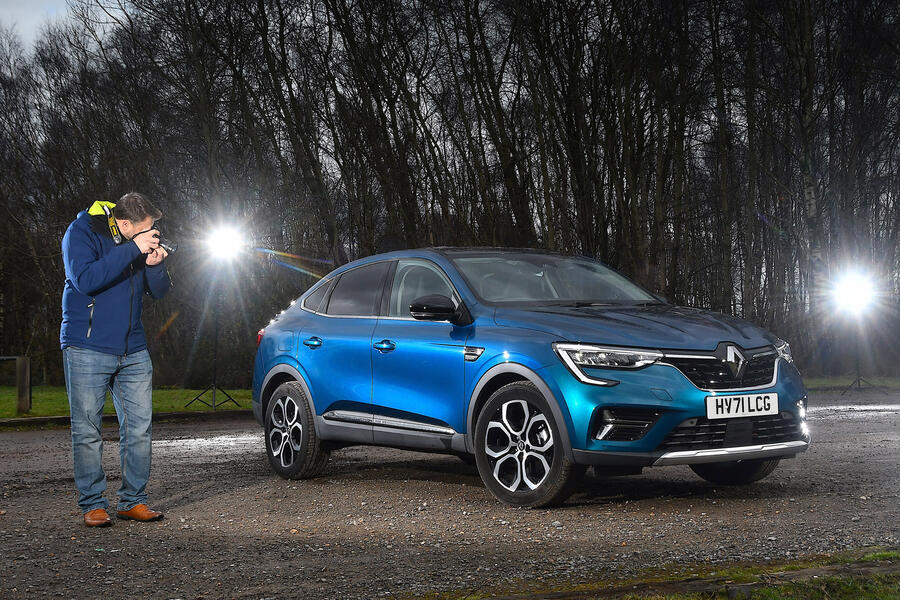
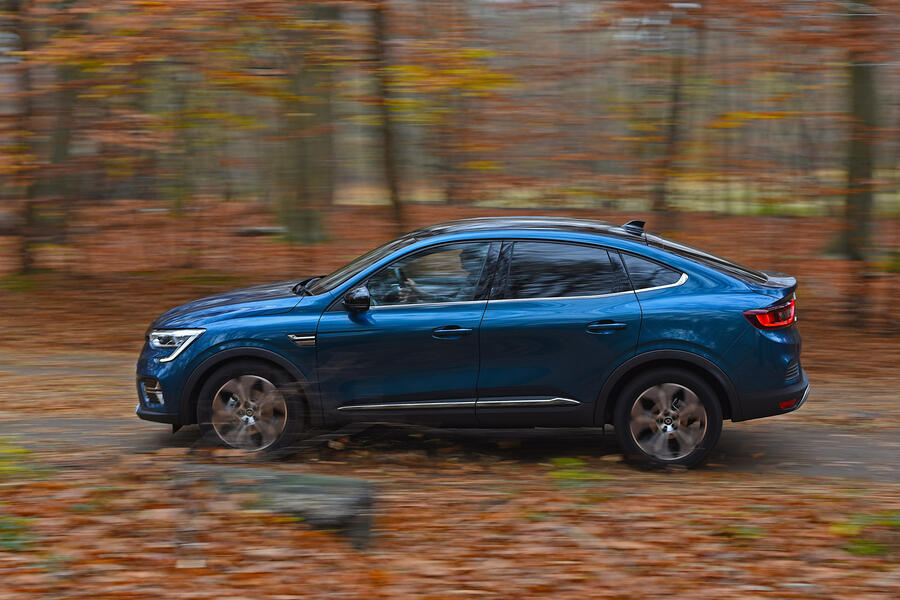
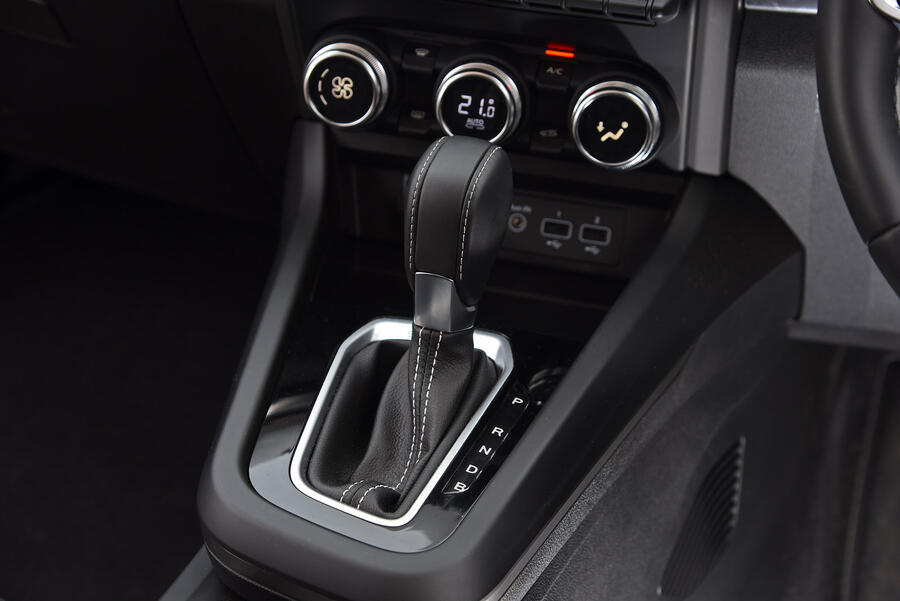
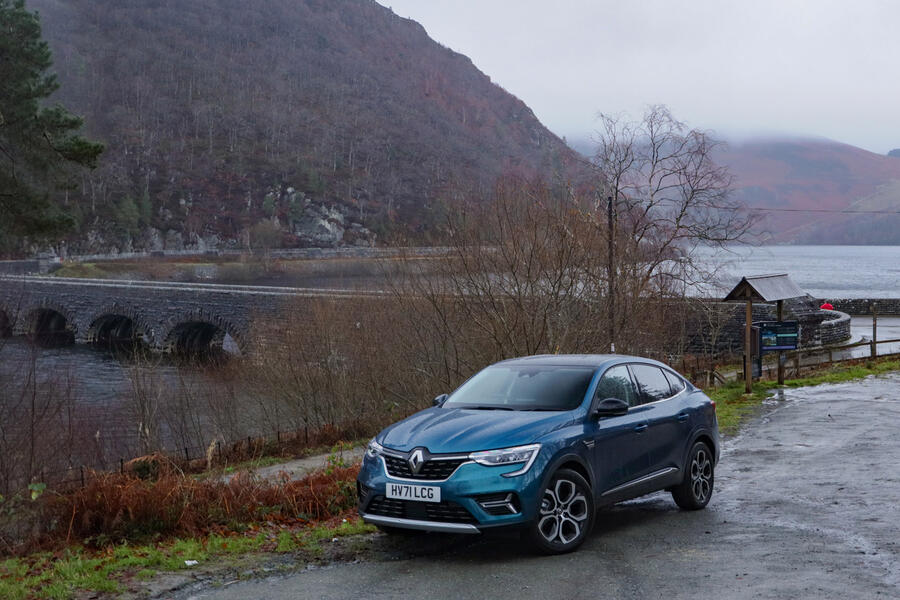
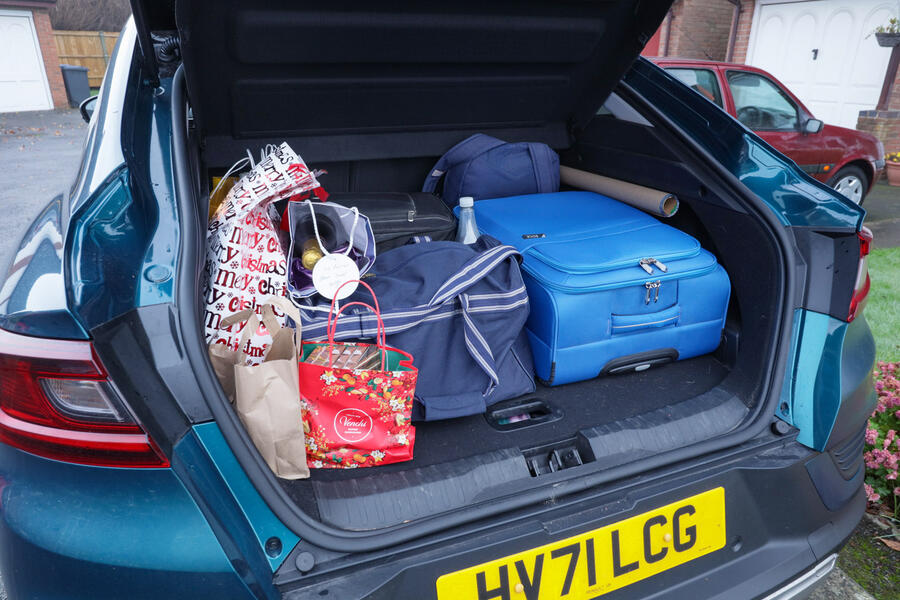
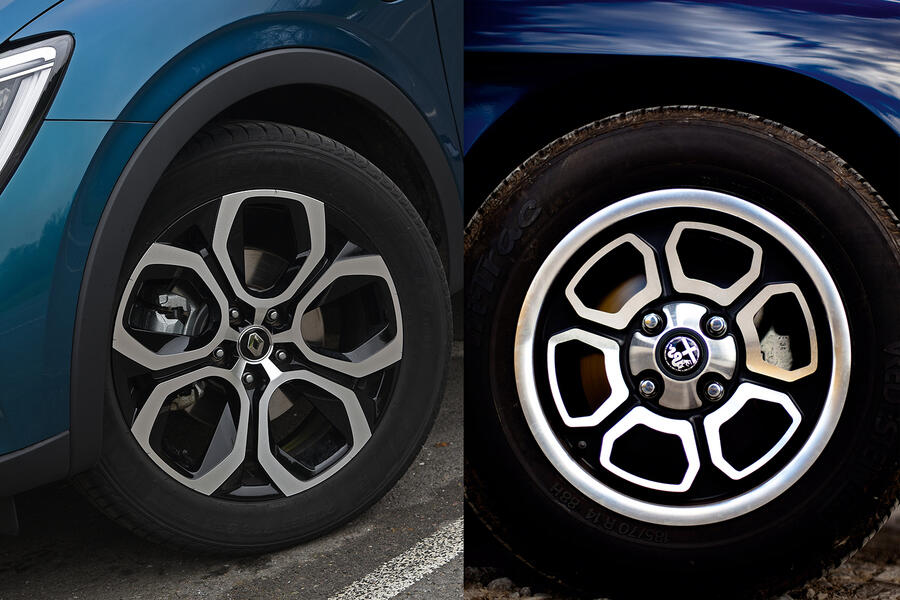
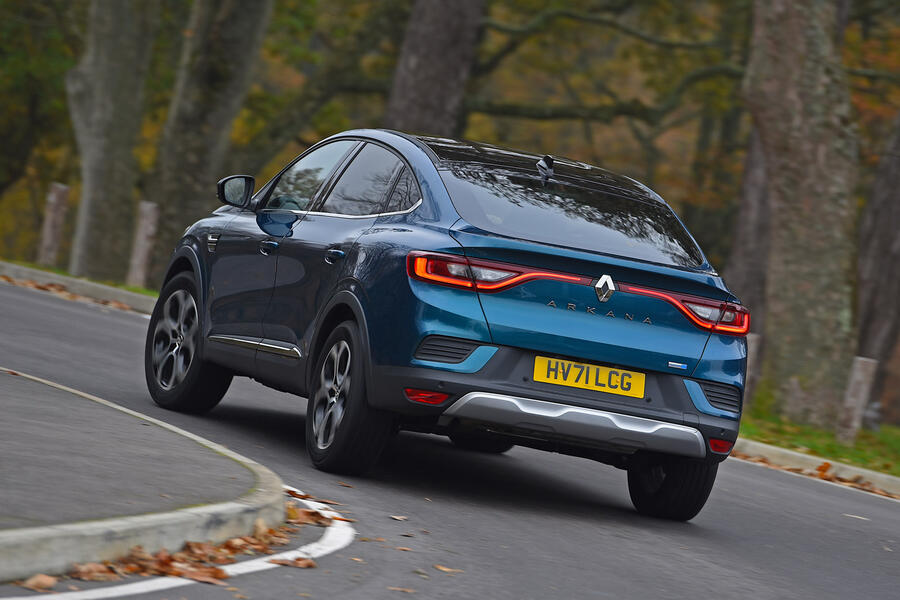
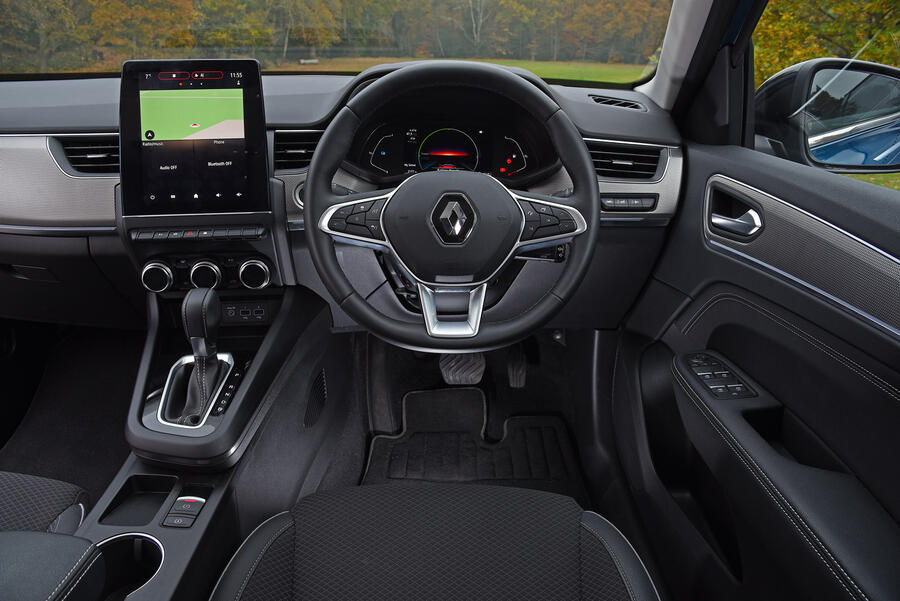
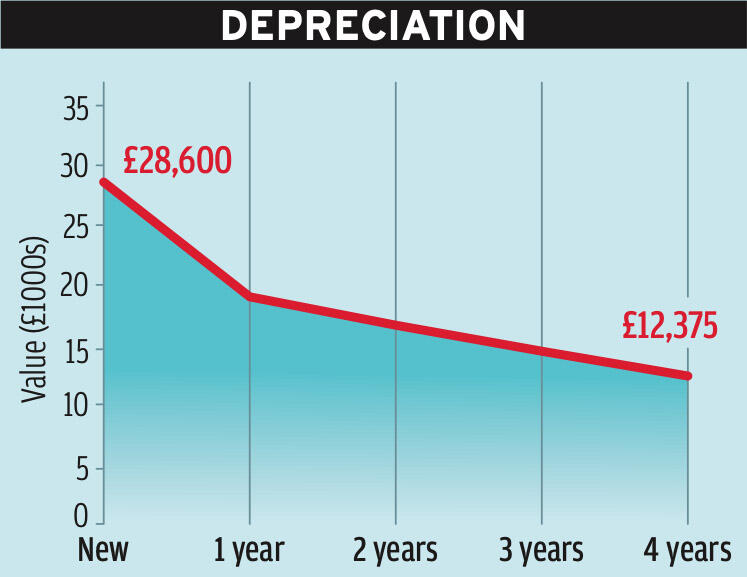

Join the debate
Add your comment
" ...the narrow cabin has you rubbing shoulders with your passengers."
Just how narrow is the interior of this thing? Or how wide are the people?
Built by Renault at its Russian factory near Moscow mainly for the Russian market, the suspension and handling would need to be improved for western markets.
Deliveries will probably be affected by the temporary closure of the factory.
From the above it would appear that this car has not been properly developed; a poor ride and the strange behaviour of the engine cutting in and revving its big ends off would ensure that I would never begin to consider it. Although not as soft as those of the 16 and 5, Renault was one of the last to persevere with nice supple rides, flying in the face of the fatuous fixation of "sportiness" exhibited by most other makes, and I have always liked most of its cars for that reason. I hope this one is just a momentary aberation and better Renaults are to come.